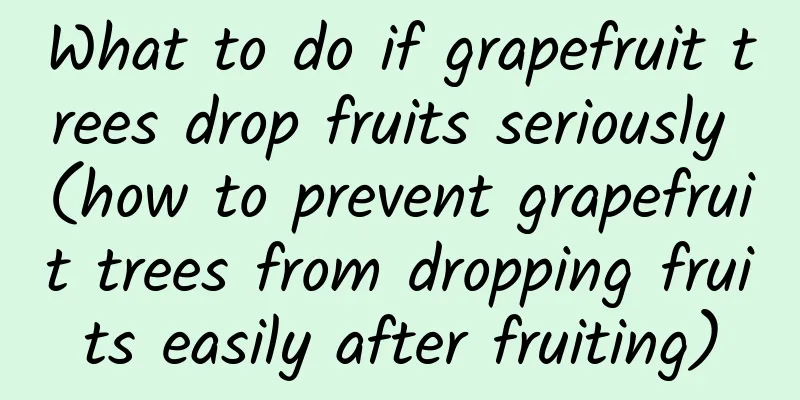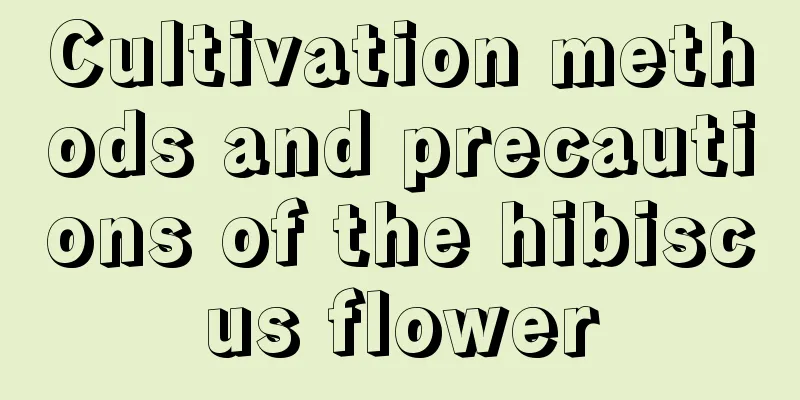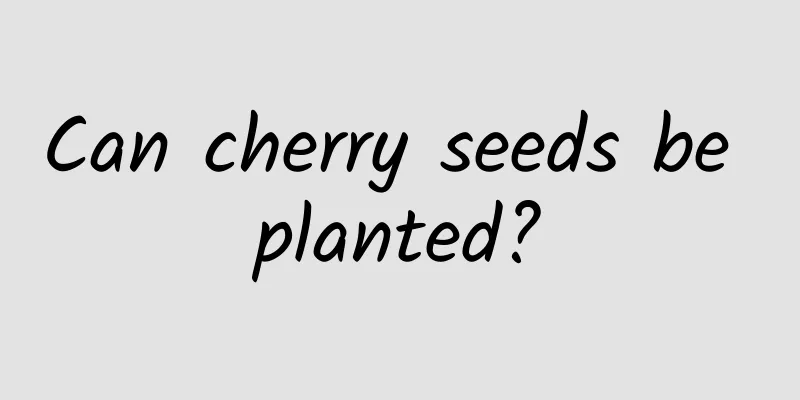What to do if grapefruit trees drop fruits seriously (how to prevent grapefruit trees from dropping fruits easily after fruiting)

What to do if the grapefruit tree is old and fruit is fallingPomelo has captured the hearts of countless consumers with its good taste, high moisture content, and sweet and sour flavor. Many farmers in our country choose to grow pomelo. However, in the process of grapefruit planting, some problems are always inevitable, especially the phenomenon of grapefruit flowers and fruits falling. What should we do when encountering such a situation? How to prevent and control it? 1. Spray fruit retaining agentDuring the bud stage, apply 0.03% to 0.05% ammonium molybdate plus 0.1% borax 1 to 2 times. When more than 80% of the flowers have withered, spray 2,4-D to protect the fruit. During the physiological fruit drop period and fruit expansion period, spray brassinolide plus 0.1% boric acid, 0.3% potassium dihydrogen phosphate, and 0.3% urea 1-2 times to protect the fruit. 2. Thinning flowers for pollinationFor Shatian pomelo and honey pomelo, flower thinning is an essential task. Pomelo trees usually produce a large number of flowers. Flower thinning can reduce unnecessary consumption of the tree, leaving more nutrients and water for the fruit. By thinning the flowers and selecting healthy buds, the second physiological fruit drop can be reduced. In practical planting management, flower thinning and pollination are rarely performed on honey pomelo because honey pomelo has a high self-pollination fruit setting rate. However, in practice, by thinning the flowers of honey pomelo, the physiological fruit drop rate of honey pomelo can be reduced. 3. Cultivate strong tree vigorAfter the grapefruits are harvested, they should be pruned promptly and appropriately. For the weaker grapefruit trees, fruit-harvesting fertilizer should be applied. In winter, organic fertilizer, compound fertilizer, urea, etc. should be applied in combination with the trench burial method. Strengthen cultivation management to cultivate strong fruiting mother branches for the next year and provide the necessary nutrient reserves for the flowering period, protect the overwintering old leaves and reduce the physiological fruit drop of grapefruit in the next year. 4. Scientifically apply fruit-stabilizing fertilizerYoung fruits require a large amount of organic nutrients and mineral nutrients during their growth and development, with nitrogen and carbohydrates being the most significant. The growth of spring shoots also requires a large amount of nitrogen. During this period, you can apply urea appropriately to supplement the nitrogen content in the soil, but the amount must be controlled to prevent excessive nitrogen from causing excessive growth of branches and leaves, leaving young fruits without nutrients. Generally speaking, pomelo trees with good growth but few fruits should be fertilized with less fertilizer, while pomelo trees with poor growth but many fruits should be fertilized with more fertilizer. Appropriate addition of fertilizer outside the roots can significantly reduce the phenomenon of fruit drop. 5. Manual fruit thinningAfter experiencing physiological fruit drop in March and April, young fruits of grapefruit begin to differentiate in mid-May, and the size of fruits is very obvious. At this time, artificial fruit thinning is required to concentrate more nutrients on the good fruits. The main thing is to remove diseased and insect-infested fruits, deformed fruits, excessive fruits and undersized young fruits. It is best to keep 1-2 young fruits on a fruiting mother branch. During this period, honey pomelo can be bagged to reduce the intrusion of pests and diseases. 6. Remove summer shoots and drain stagnant waterAfter entering summer, pomelo trees begin to sprout summer shoots. The sprouting of summer shoots will compete for nutrients with the pomelo that is in the expansion period at this time. Therefore, for fruit-bearing trees, it is necessary to do a good job of removing the summer shoots. With the arrival of the summer flood season and typhoons, the amount of rainfall increases. It is necessary to promptly remove the accumulated water in the orchard to avoid an oxygen-deficient environment caused by excessive water in the soil, which would affect the root system's absorption, transportation and synthesis of nutrients and prevent the occurrence of root rot. |
>>: What fertilizer can make garlic grow big and high yield (the best fertilizer for growing garlic)
Recommend
What fertilizer is best for Impatiens
Impatiens fertilization time Impatiens is easy to...
How to transplant cherry trees in winter
1. Dig out the tree Dig out the tree with its roo...
What medicinal materials are suitable for growing on loess soil? What are the most cost-effective precious medicinal materials grown on loess soil?
Medicinal herbs grown on loess soil should be sui...
How to propagate ginkgo, how to propagate ginkgo trees
1. Cutting Ginkgo cuttings are divided into old b...
What to do if the tip of the tiger skin plant leaves is dry
reason Generally speaking, there are two reasons ...
How to grow water lily
1. Maintenance methods 1. Temperature: Whether th...
The difference between Geranium serrata and Geranium serratum
1. Difference of blades The leaves of Geranium ar...
What is Houttuynia cordata
What is Houttuynia cordata Houttuynia cordata bel...
Why doesn't bougainvillea bloom?
The flowering period of Bougainvillea varies slig...
How to prune mulberry leaf peony and when is the best time to prune it
Pruning time of mulberry leaf peony Mulberry leaf...
How to fertilize Forsythia? Do you need to fertilize the transplanted seedlings?
1. How to fertilize Forsythia 1. Fertilization in...
How to propagate creeper by cuttings? Will it freeze to death in winter?
1. Cutting method 1. Time: If you use hard branch...
What kind of plant is Milan and what does its flower look like?
1. Morphological characteristics Milan is a shrub...
Can firecracker flowers be grown at home?
Is it poisonous? Whether a plant is poisonous or ...
Where is the best place to plant Brazilian cherry trees?
Where Brazilian Cherry Trees Are Grown Brazilian ...









